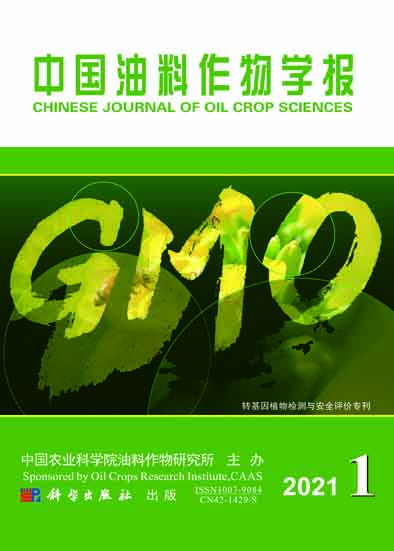ZHANG Hong-wen, ZHAO Sheng-bo, YAN Xiao-hong, LI Jun, ZHAI Shan-shan, XIAO Fang, GAO Hong-fei, LI Yun-jing, WU Gang, WU Yu-hua
Genome editing technology has been successfully used in agricultural breeding, it is urgent to estab⁃
lish accurate identification and quantification technology based on molecular characteristics of genome-edited prod⁃
ucts. In this study, SP1 gene-edited rice was used as materials to develop an editing site-specific PCR method by
designing universal primer pair upstream and downstream of the editing sites, and gene editing site-specific Taq⁃
Man probes targeting at the editing sites. The results demonstrated that this method accurately identified specific ge⁃
nome-edited products with a detection sensitivity of 5-10 copies. The quantitative detection of genome-edited prod⁃
ucts was performed by both real-time PCR (qPCR) and droplet digital PCR (ddPCR). Since thousands of indepen⁃
dent droplets of ddPCR might eliminate the competitive consumption of universal primers by wild-type DNA, the
quantitative results of ddPCR showed higher quantitative accuracy than those of qPCR.
基因组编辑技术利用位点特异性核酸酶(sitespecific
nuclease, SSN)切割植物基因组DNA的特定
位点,产生双链断裂缺口(double stranded break,
DSB)[
1,2],通过非同源末端连接(non-homologous end
joining, NHEJ)或同源重组(homologous recombina⁃
tion, HR)[
3]机制对双链断裂缺口进行修复,导致修复
位点发生单碱基或寡核苷酸片段的插入、缺失或替
换等突变,实现对基因组靶基因序列的精确编辑[4]。
基因组编辑常用的特异性核酸酶主要包括锌指核
酸酶(zinc finger nucleases, ZFNs)、类转录激活因子
效应物核酸酶(transcription activator-like effector
nucleases, TALENs)、以及规则簇状间隔的短回文重
复相关蛋白(clustered regularly interspaced short pal⁃
indromic repeat-associated protein,CRISPR/Cas)[
5]。
目前,基因组编辑技术已经成功用于多种植物的性
状改良,如增加千粒重的水稻[6]、低镉含量的籼稻[7]、
低糖含量的马铃薯[8]、糯性玉米[9]、高油酸大豆[10]、抗
溃疡病的柑橘[11]等;在北美洲,已经有两种基因组编
2021,43(1):77-89
doi:
收稿日期:2020⁃11⁃03
基金项目:
be completed in 3 minutes on site, it was considered to be successfully meeting the requirements on site.
